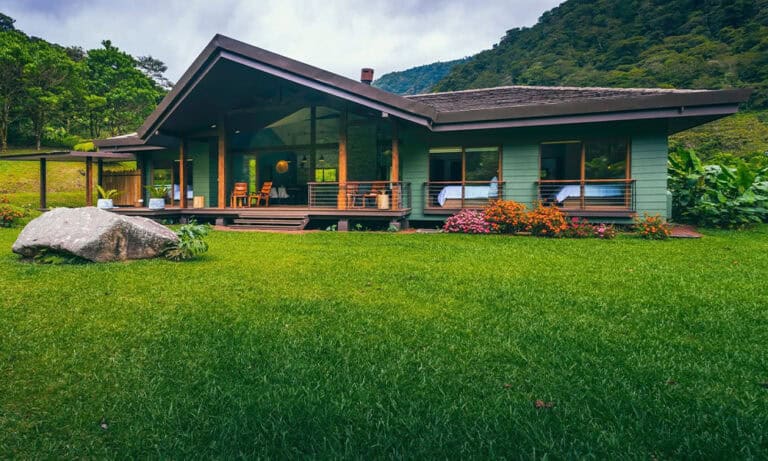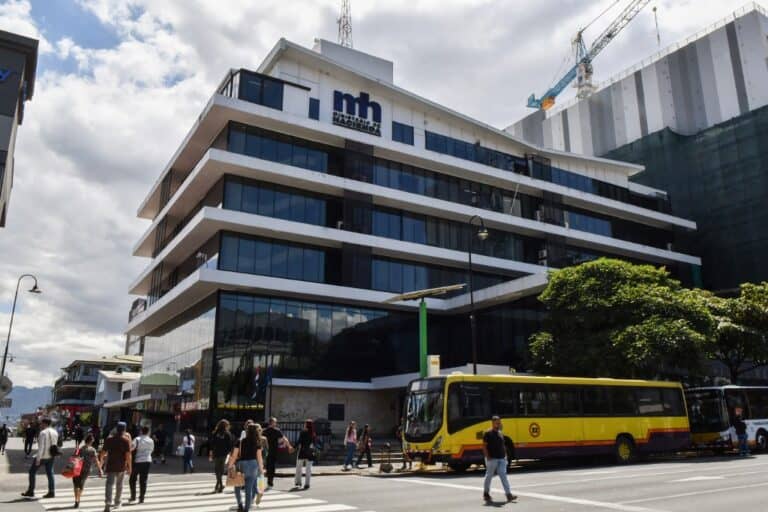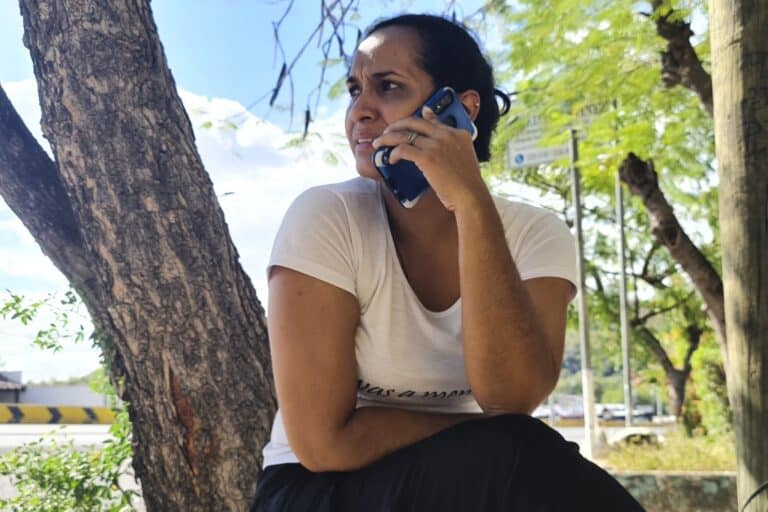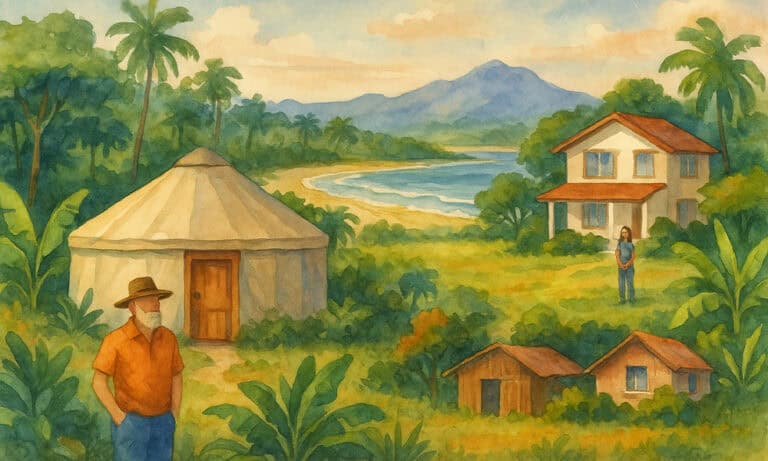Honduras, with a surprising and dramatic penalty shootout victory over Panama, and Mexico, with a lackluster win against Saudi Arabia, advanced Saturday to the 2025 Gold Cup semifinals after resolving their quarterfinal matches at State Farm Stadium. The quarterfinals kicked off with Honduras defeating Panama 5–4 in a penalty shootout.
Regular time ended 1–1. Ismael Díaz put “La Marea Roja” ahead in first-half stoppage time (45+1) with a penalty shot to the right of goalkeeper Edrick Menjívar, who dove the other way. Honduras equalized in the 81st minute when Anthony Lozano redirected a shot by Carlos Pineda from close range into the net.
In the penalty shootout, Luis Palma, Kervin Arriaga, Joseph Rosales, Denil Maldonado, and Carlos Pineda scored for Honduras; only Anthony Lozano missed. For Panama, Fidel Escobar, Ismael Díaz, Carlos Harvey, and Éric Davis scored; Aníbal Godoy and Eduardo Guerrero missed their shots.
In the main event, Mexico rediscovered its scoring touch and won 2–0 against a Saudi Arabian side that failed to generate a single chance throughout the match. Alexis Vega scored in the 49th minute with a second effort inside the box against goalkeeper Nawaf Al Aqidi, giving Mexico the 1–0 lead.
With this goal, “El Tri” ended a 166-minute goal drought—their last goal had come in the 63rd minute against Suriname during the second match of the group stage. Mexico secured the win and a spot in the semifinals in the 81st minute when Abdullah Madu scored an own goal while trying to clear a cross from Mateo Chávez.
This Wednesday, Mexico and Honduras will face off in the semifinals in Santa Clara, California. On Sunday, the remaining two quarterfinal matches will be played at U.S. Bank Stadium in Minneapolis, Minnesota. In the first match, Canada will face Guatemala, followed by a clash between the United States and Costa Rica.












